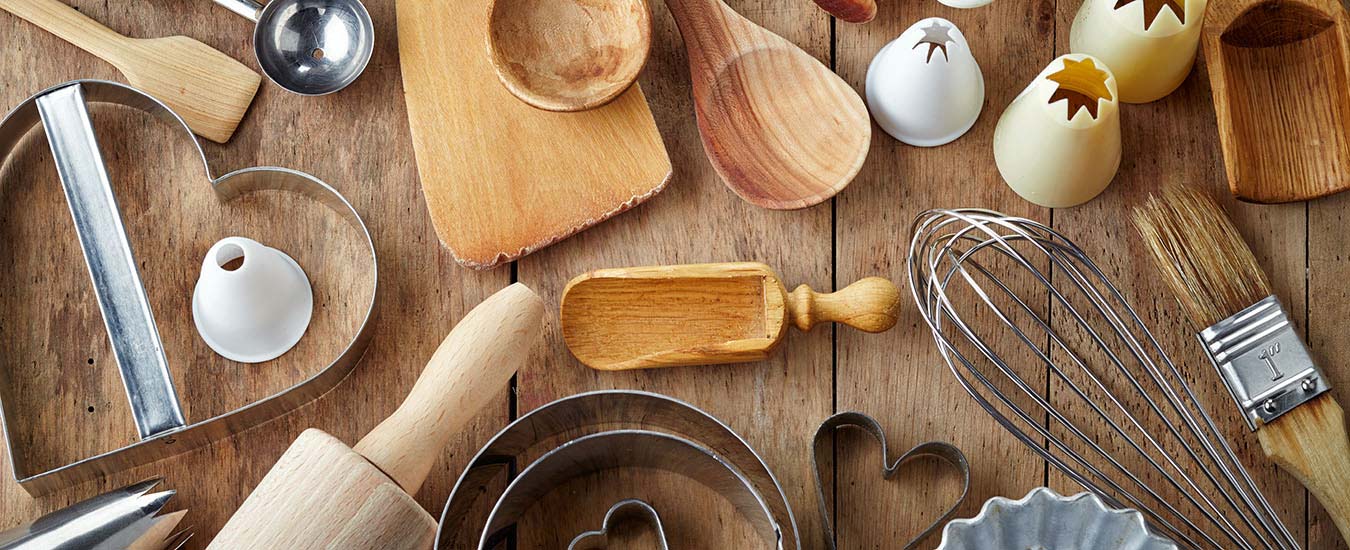The fear of falling is probably known to anyone who has ever made a soufflé. To some, it's a phobia. Creep, don't stomp, across the kitchen floor to peek through the oven window to see how it's doing. Scold guests who are reluctant to sit at the table for 15 minutes to wait for it. And when it's finally ready, run, don't walk, to the dining room so everyone will get a fleeting glimpse of its towering puffiness before it deflates.
Even talented chefs are sometimes intimidated by this classic mixture of milk, eggs, flour and butter, which, despite its temperamental tendencies, has impressed gastronomers for more than 200 years. Eric Matuchet, executive chef at the White Point Beach Resort in Queens County, NS, takes his soufflés with a grain of salt in the egg whites. Was it his boyhood in the Champagne region of France that makes him comfortable with whipping up hot soufflés to serve on special request to guests at White Point Beach Resort? Or could it have been his several years of cooking in a five-star hotel in Switzerland that gave him confidence in the art of cheese soufflés? Whatever. The man knows his eggs and what to do with them. Just ask him about the Grand Marnier frozen soufflé on his winter menu. Or the dark chocolate soufflé that's so popular during the summer. While painfully aware that the fear of fat and bad image of cholesterol has all but killed the egg, Chef Eric feels this highly nutritious food still has its place in the culinary world. Especially when combined with chocolate. "I'm a chocolate lover and have to have it often," says this member of the Culinary Team of Nova Scotia, who for the past five years has made his home in Bridgewater with his Nova Scotia born wife, Marianne and their two children.
"Soufflés are easy to make at home," he says with confidence. He walked us through the process, demonstrating his technique.

The soufflé should be prepared just before you cook it. The oven should be preheated and waiting, with the rack in the centre, and the bottom and sides of the soufflé dish brushed with melted butter. But it's the beating of the egg whites that's the real secret of soufflé making. While beating with a balloon whisk in a large copper bowl may be the classical way of getting the most air into egg whites, he says a standing mixer, especially one with a whisk attachment, can produce excellent results. Both beaters and bowl must be spanking clean and free from any fat. One speck of the fatty yolk can cause the whites to lose volume.
It's also a trick to know when the whites have been beaten enough. They should be stiff and shiny, and stand in firm peaks. Overbeating releases air, causing them to lose their puffiness. Folding the egg whites into the bechamel (white sauce) is also an important step. It must be done gently, preferably using a rubber spatula. Pour sauce into a mixing bowl, then add half of the beaten whites, cutting down through the centre to the bottom of the bowl, and lifting up from the bottom and sides, turning the bowl as you work. Repeat with the remaining egg whites. "Don't fold too long, about two minutes should be enough," he cautions. "And, don't open the oven door while it's cooking. The cold air could cause it to fall." So, what do you do if, after all of this, your soufflé falls? "Eat it. It's still good," Chef Eric says.
